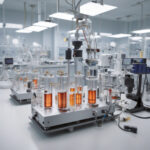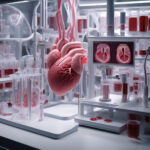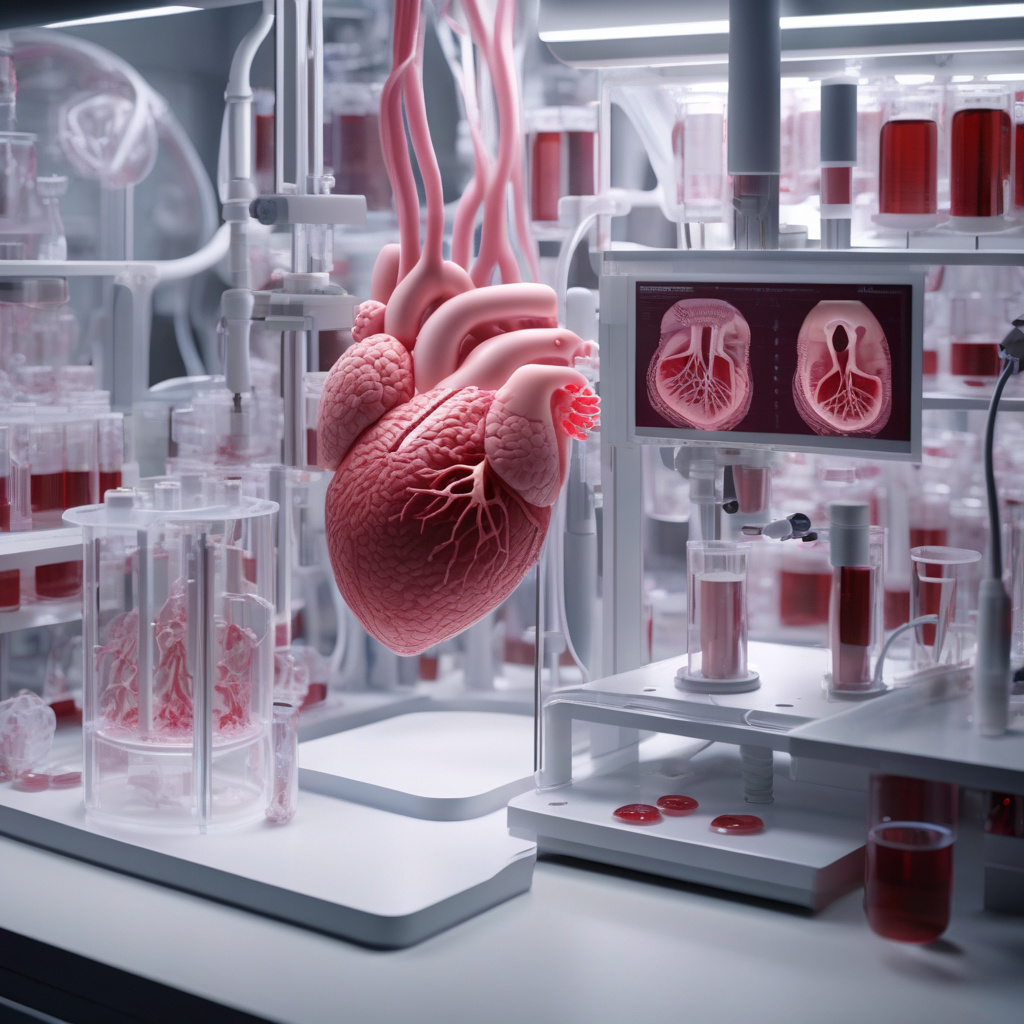New 3D-Printed Tissue with Blood-Like Fluids Mimics Real Organs for Surgical Practice
Surgeons and doctors often rely on artificial models to practice delicate procedures. Yet most training tools lack the complexity and realism needed to fully prepare medical professionals for the intricacies of the human body. However, a groundbreaking innovation in the field of medical simulation is set to change the game – 3D-printed tissue with blood-like fluids that closely mimics real organs.
Traditional surgical training involves using synthetic models that do not replicate the texture, density, or bleeding of human organs. While these models provide a basic understanding of anatomy, they fall short in preparing surgeons for the challenges of live surgery. This gap between simulation and reality can have serious implications for patient outcomes.
The new 3D-printed tissue, developed by a team of researchers and engineers, addresses this issue by closely simulating the properties of human organs. By incorporating blood-like fluids that flow through the tissue, the 3D-printed models replicate the bleeding that occurs during surgical incisions, providing a realistic and immersive training experience for medical professionals.
One of the key advantages of this innovation is its customizability. Surgeons can now create patient-specific models based on medical imaging, allowing them to practice complex procedures on organs that closely resemble those of the actual patients. This level of personalization enhances the training experience and enables surgeons to develop and refine their skills in a controlled environment.
Moreover, the 3D-printed tissue can be used to simulate a wide range of surgical scenarios, from routine procedures to emergency situations. By adjusting the flow of the blood-like fluids, trainers can replicate different bleeding rates, enabling surgeons to practice hemostasis techniques and improve their ability to manage bleeding during surgery.
In addition to its educational benefits, the use of 3D-printed tissue in surgical training also has the potential to reduce the reliance on animal models and human cadavers. As ethical concerns surrounding the use of animals and cadavers continue to grow, medical simulation technologies offer a more sustainable and humane alternative for surgical training.
Furthermore, the 3D-printed tissue can also be utilized for research purposes, allowing scientists to study the effects of new surgical techniques and medical devices on realistic organ models. This not only accelerates the pace of medical innovation but also enhances patient safety by ensuring that new procedures are thoroughly tested before being used in clinical practice.
Overall, the development of 3D-printed tissue with blood-like fluids represents a significant advancement in the field of surgical training and medical simulation. By providing a realistic and customizable platform for practicing complex procedures, this technology has the potential to revolutionize the way surgeons are trained, ultimately improving patient outcomes and advancing the field of medicine as a whole.
surgicalpractice, 3Dprinting, medicalsimulation, organreplication, patientoutcomes












